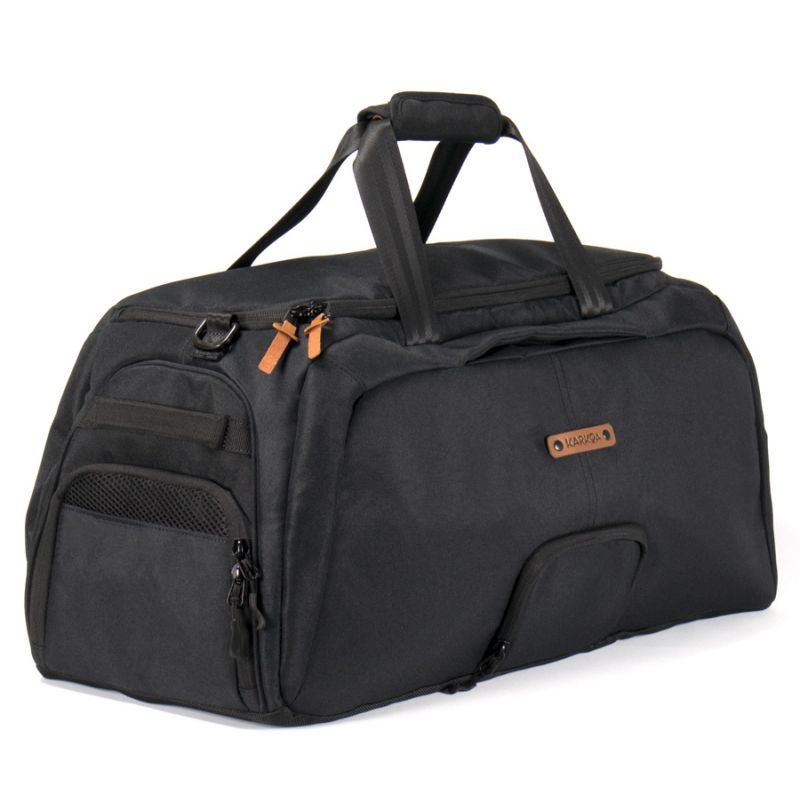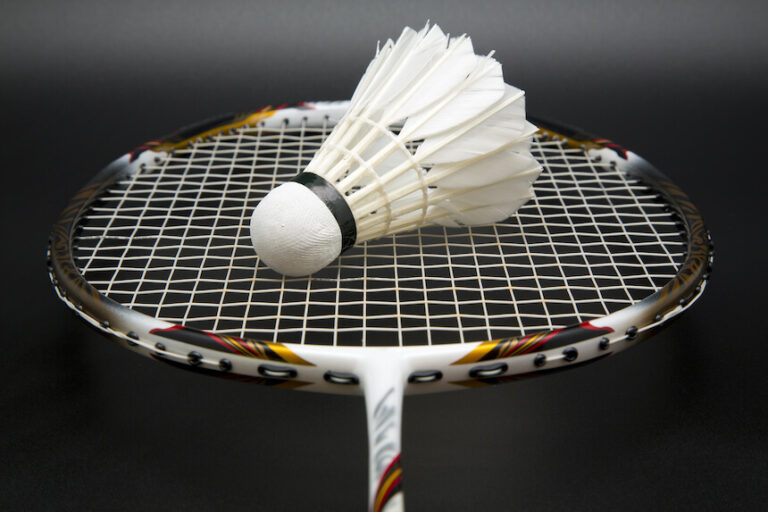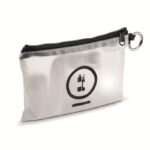It allows your muscles to partially recover from the fatigue induced by the effort and prepares the body for the next series.
The right rest time depends on your specific bodybuilding objectives. If your aim is to gain strength, longer rest periods, generally between 2 and 5 minutes, are recommended to allow full recovery of neuromuscular capacities. Conversely, if you’re looking to develop muscular endurance or maximise fat loss, shorter rest periods, around 30 seconds to 1 minute, may be more effective, as they maintain a high intensity and can help stimulate the production of anabolic hormones.
It’s important to note that rest time should be adjusted according to the intensity of the effort and the volume of work. Exercises involving a large number of muscle groups or those performed with heavy weights will generally require longer breaks than more localised exercises or those with lighter weights. By listening to your body and being discerning, you can modulate your rest periods so that they correspond perfectly to your needs and encourage constant progress.
Fundamentals of rest time in bodybuilding
Rest time in bodybuilding is essential for optimising your performance and muscle recovery.
Definition and role of rest
Rest in bodybuilding is the period of pause between the series of exercises you perform. This time allows you to recover in order to maintain a high level of intensity during your training. Adequate rest is crucial for replenishing adenosine triphosphate (ATP), your muscles’ main source of energy during short, intense efforts.
The importance of muscle recovery
Muscle recovery is necessary to repair damaged muscle fibres and build strength. The length of your rest time directly influences your ability to recover. Insufficient rest can lead to early muscle fatigue, while too much rest can reduce the intensity of your training.
Energy system and rest periods
Your energy system relies mainly on ATP and phosphocreatine to provide energy during high-intensity efforts. An appropriate rest period ensures that these energy reserves are sufficiently replenished between sets, enabling you to maximise the strength and power of your muscles for the next effort.
Planning rest time according to objective
The rest time between sets of exercises can be adjusted to maximise the effectiveness of your training, depending on whether your objective is hypertrophy or the development of muscle strength and volume.
Rest and hypertrophy
For muscular hypertrophy, your rest time should generally be between 30 and 90 seconds between sets. This allows sufficient muscular fatigue while maintaining high tension in the muscles, which is necessary to stimulate muscle growth. By aiming for sets of 8 to 12 repetitions, this type of short rest encourages the release of anabolic hormones, contributing to significant progress in terms of muscle volume.
Rest for strength and muscle development
If your aim is to increase strength and muscle development, your rest time should be extended to between 2 and 5 minutes. This extended window allows full recovery of creatine phosphate levels, essential for optimal performance on exercises requiring high intensity and a reduced number of repetitions (typically between 1 and 6). This type of longer rest is crucial in preparing your muscles to withstand heavier loads, thereby promoting progression and the development of muscle strength.
Recovery management and injury prevention
Adequate recovery is crucial to preventing injury and allowing muscle fibres to regenerate after training. Choosing the right rest period and ensuring an appropriate nutritional intake are key elements in this management.
Influence of type of exercise and workload
The recovery period you give your body depends very much on the type of exercise you do and the intensity of the workload. For high-intensity activities or those targeting specific muscles, your muscle fibres need a longer rest to repair the micro-tears caused by the effort. Heavy loads put a lot of stress on your muscles, and allowing between 48 and 72 hours for recovery is often recommended to avoid injury and promote effective recovery.
For endurance or low-impact training, the rest required can be reduced, allowing for more frequent sessions. However, even these forms of training require careful management of rest to prevent wear and tear on the muscles over the long term.
Impact of diet and hydration on recovery
Your diet has a direct impact on the speed and effectiveness of your recovery. Adequate protein intake is essential for repairing and rebuilding damaged muscle fibres. Consider consuming protein quickly after training to maximise the muscle repair effect. Carbohydrates are important for replenishing glycogen stores depleted by exercise.
Water also plays a crucial role in recovery. Good hydration promotes metabolic processes and helps to eliminate waste accumulated in the muscles during exercise. Make sure you drink water before, during and after exercise to facilitate optimal recovery and minimise the risk of injury.
Advanced recovery approaches and methods
Muscle recovery is essential for stimulating muscle growth and enabling better performance in subsequent training sessions. It’s vital to know and apply the most effective recovery methods to maximise your gains over the long term.
Active recovery and complementary methods
Active recovery plays a key role in reducing recovery time and improving overall performance. This can include low-intensity exercise such as walking or cycling, or gentle stretching, which increases blood circulation and helps to eliminate the metabolites accumulated in the muscles after intense training.
The use of complementary methods can also contribute to effective recovery. Techniques such as cryotherapy, massage, foam rolling or the use of compression garments can reduce muscle soreness and promote tissue repair. Incorporating these techniques into your recovery programme can potentially reduce the risk of injury and improve your recovery time.
Programming sessions to optimise recovery
Your training programme should take into account the principles of recovery to maximise results. If you opt for a full-body programme, make sure you space out your weight training sessions to give your body enough time to recover. For split protocols, which divide training by muscle groups, recovery can be more targeted, allowing other groups to be exercised while some are resting.
It’s advisable to alternate the muscle groups worked and adjust the frequency of training sessions to ensure adequate rest between sessions. Intelligent programming of sessions is essential to allow your muscles to regenerate and grow efficiently. You can assess fatigue and signs of overwork to adjust your training cycles to maintain steady progress without overtraining.
Adapting rest periods to suit experience
Adapting the rest time between sets of bodybuilding exercises is crucial and should be adjusted according to your level of experience to optimise progress and maintain good physical condition.
Advice for beginners in bodybuilding
As a beginner, your body is not yet used to the stress of strength training. Your rest time between sets should be 2 to 3 minutes, allowing you to recover sufficiently to maintain correct technique throughout your session. It’s important to concentrate on mastering the movements rather than the load lifted. Full recovery will support your progress and limit the risk of injury.
Strategies for advanced athletes
With increasing experience, your body adapts and you become able to tolerate shorter rest times, around 1 to 2 minutes, depending on the intensity and objective of the training. For hypertrophy, aim for a slightly shorter rest time to maintain high muscle tension. On the other hand, to increase strength, you may need longer rest periods to allow full recovery of the energy systems and guarantee optimum performance for each set. Listening to your body’s signals is essential for adjusting rest periods and continuing to progress safely and effectively.
FAQ
In this section, we look at some frequently asked questions about the rest periods needed to build muscle effectively and without risk to your health.
Can you do bodybuilding every day?
It is not recommended to do bodybuilding every day. Your body needs time to recover after exercise, generally at least 48 hours between sessions for the same muscle groups.
How does active recovery work in bodybuilding?
Active recovery in bodybuilding involves light activities that stimulate blood circulation without stressing tired muscles, which can help reduce the time needed for complete rest.
How many strength training sessions should I do per week?
Depending on your objectives, 3 to 5 muscle-building sessions a week are generally sufficient, taking care to alternate the muscle groups worked during each session.
How long should I rest between sets?
The rest between sets depends on your bodybuilding goals: 30-90 seconds for endurance, 1-2 minutes for hypertrophy, and 2-5 minutes for maximum strength.
Conclusion
In strength training, proper management of rest time is crucial for optimal recovery and appropriate strength gains. It’s essential to recognise that recovery varies according to the intensity and volume of training, and your personal goals.
Your rest time should evolve in tandem with the increase in load or intensity of the exercises. After very intense sets, it’s advisable to prolong your rest to allow complete regeneration of muscle strength. In contrast, for resistance or endurance exercises, shorter periods are sufficient.
Proper rest cycles help prevent injury and increase the effectiveness of your training. Recovery is not limited to the breaks between sets, but also includes nutrition, hydration and sleep.
Incorporate active recovery strategies such as light stretching or cooling down to facilitate muscle restoration. Your approach should be flexible and adjusted according to your physical condition on the day and your reaction to training.
By staying informed and attentive to your recovery needs, you can maximise your performance and preserve your health in the long term. The key lies in listening to your body and adjusting your rest times to reflect the specific requirements of your bodybuilding regime.
If you want to carry your bodybuilding equipment with ease and style, discover Karkoa sports bags. Their innovative design and practical features make them an ideal choice for bodybuilding enthusiasts looking for quality and performance. Investing in a Karkoa sports bag means investing in your comfort and your sporting success.


















